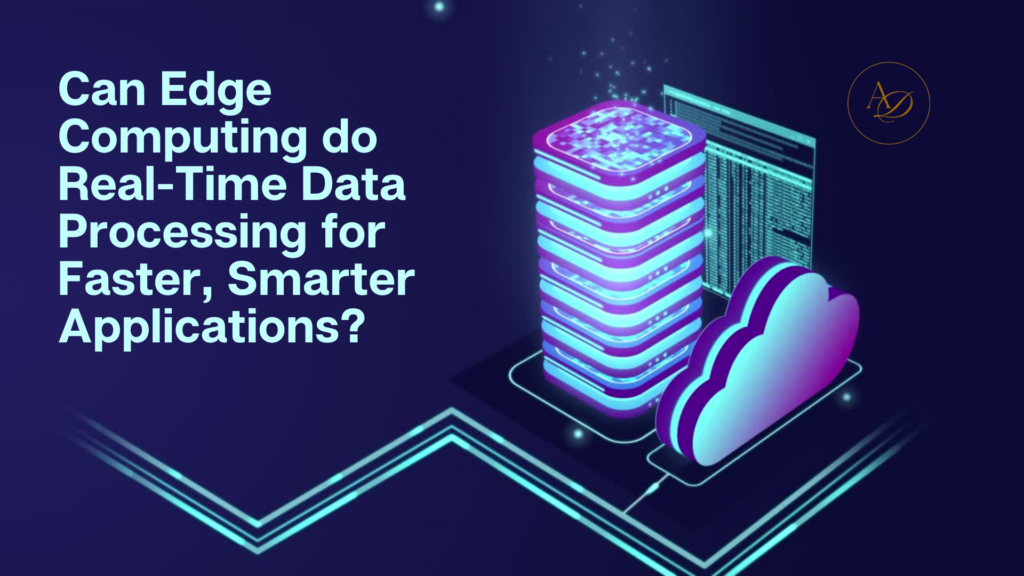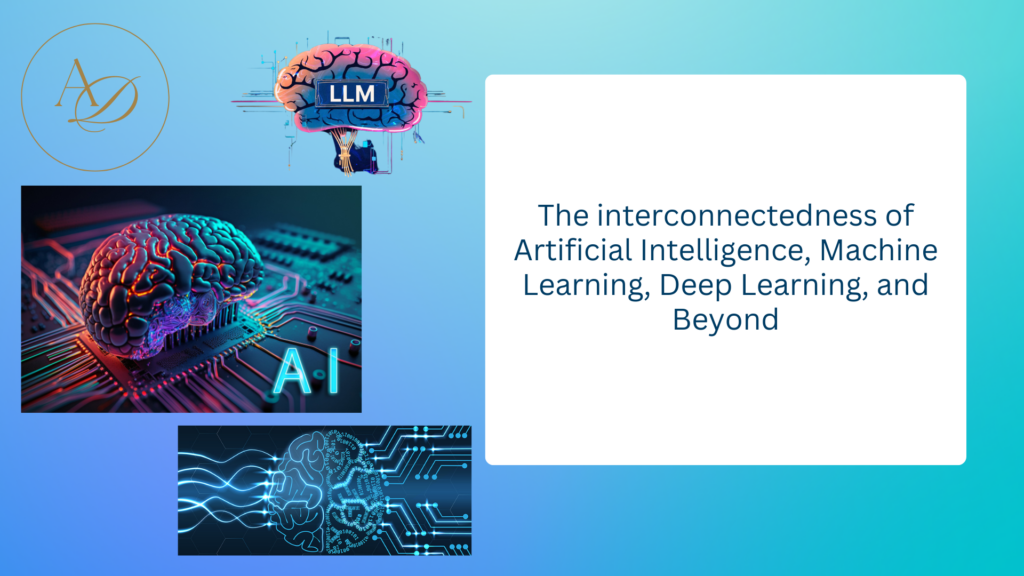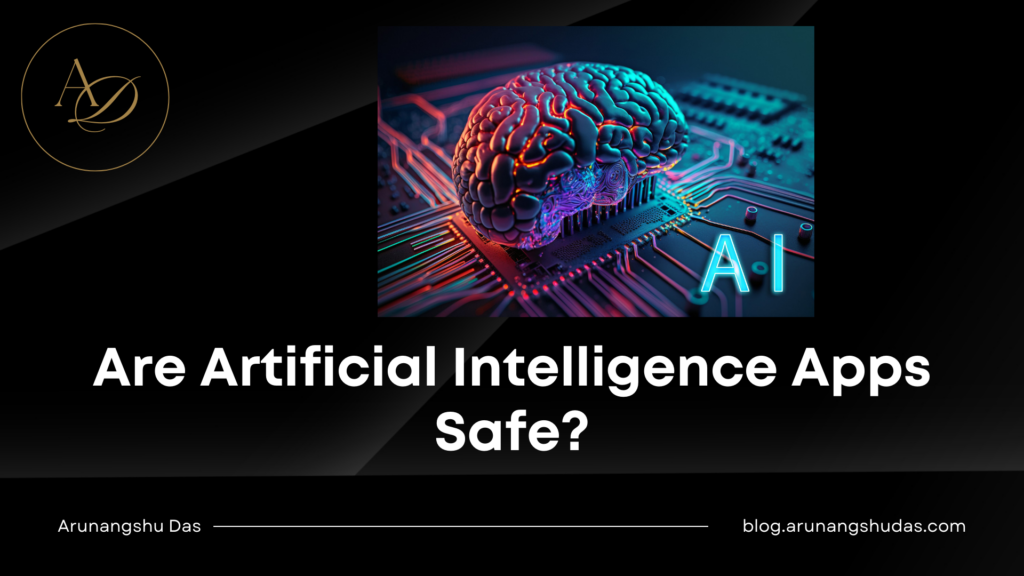In the fast-evolving world of technology, edge computing has emerged as a revolutionary force. It enables data to be processed closer to its origin, reducing latency, enhancing real-time decision-making, and ultimately powering a smarter, more efficient world.
What is Edge Computing?
Edge computing is the process of decentralizing data processing by bringing it closer to the source of data generation, rather than relying entirely on a centralized cloud server. By offloading computational power to the network edge, businesses can experience significant benefits, including improved performance, security, and user experiences.
How Edge Computing is Shaping the Future of Software Development
Edge computing is influencing the way developers design applications and services. With a focus on speed and efficiency, edge-based systems allow developers to create more responsive and real-time applications. This is particularly true in the context of IoT devices and environments where split-second decision-making is crucial.
To understand how AI is driving this transformation further, check out our blog on How AI is Transforming Software Development.
Benefits of Edge Computing
- Reduced Latency: Processing data closer to its source minimizes round-trip delays, making applications faster and more responsive.
- Lower Bandwidth Usage: By processing data at the edge, only significant information needs to be sent to the cloud, which helps conserve bandwidth and reduce costs.
- Improved Data Privacy: Keeping sensitive data at the edge can minimize exposure to cyber threats, aligning with our discussions in Building Trust in the Digital Age.
- Reliability in Real-Time Systems: Critical real-time applications such as self-driving cars or smart healthcare require high reliability, which edge computing provides by ensuring data processing happens without a reliance on central servers.
Edge Computing in DevOps
Edge computing isn’t just transforming software deployment; it also impacts the broader DevOps lifecycle. The need for real-time system monitoring, rapid deployment, and automation are areas where edge computing plays a pivotal role. Our blog, Why AI is Essential for DevOps Success, elaborates on how these advancements can boost efficiency and minimize risks.
Caching Strategies and Edge Computing
To further enhance the speed of edge devices, caching strategies are vital. By deploying caching mechanisms closer to the data source, edge systems can provide rapid data retrieval and eliminate unnecessary calls to the central server. Read more about these techniques in Caching Strategies for High-Performance Backends.
Applications of Edge Computing
- Autonomous Vehicles: Real-time data analysis is key for autonomous vehicles to operate safely. Edge computing reduces latency and enables immediate decision-making.
- Smart Cities: By processing data locally, edge devices can control traffic lights or optimize waste management in real-time.
- Healthcare: Critical applications such as health monitoring systems utilize edge computing to provide real-time patient data to healthcare professionals.
AI and Edge Computing: A Perfect Match
Artificial intelligence is often integrated with edge computing to enhance automation, such as in image recognition tasks or predictive maintenance. For instance, applications in healthcare and surveillance make use of AI algorithms running on edge devices for quick decision-making. To explore more on AI’s application in image processing, check out Image Enhancement: Top 10 Techniques in Deep Learning.
JavaScript and Edge Development
Edge computing brings JavaScript back into the spotlight as developers leverage serverless functions that execute on edge nodes. This environment is ripe for asynchronous tasks, which are a fundamental aspect of JavaScript. Curious about JavaScript’s inner workings? Consider diving into our post on common JS Interview Questions.
Frontend Considerations: GraphQL vs REST at the Edge
As edge computing scales, selecting the right technology for APIs becomes crucial. Should you use GraphQL or REST for your application that interacts with edge servers? Our blog on GraphQL vs REST: Which is Better for Frontend Development? provides an in-depth look at which approach fits best for edge-based services.
Low-Code, No-Code, and Edge Computing
The rise of Low-Code and No-Code Platforms has simplified the process of deploying edge computing solutions, allowing developers and non-developers alike to take advantage of edge capabilities without extensive knowledge of underlying hardware.
The Future of Edge Computing
The combination of 5G and edge computing holds the potential to revolutionize various industries. From enabling seamless AR/VR experiences to powering millions of IoT devices in smart cities, the possibilities are endless. However, to ensure scalability and reliability, embracing cutting-edge technologies like AI, advanced caching, and resilient system architectures is paramount.
Key Takeaways
Edge computing represents a paradigm shift in how data is processed, allowing faster, more secure, and more responsive applications. It pairs well with emerging technologies such as AI and low-code development, ultimately creating smarter systems with minimal latency.
If you’re curious about future trends shaping the software industry, make sure to read our blog on The Rise of Low-Code and No-Code Platforms. Also, for insights into building scalable systems, check out our guide on The Necessity of Scaling Systems Despite Advanced Traffic-Handling Frameworks.




